Laser Level Calibration
You use a laser level, whether its indoors for fit out or outside for site levelling, is to make things level. If the laser level calibration is out then whatever you are trying to level will end up not being level. Even if you send your laser to get calibrated every six months you are not guaranteed that the laser level you are using is still in calibration.
Under normal conditions laser levels do not generally go out of calibration on their own. Certainly a major drop or knock can cause problems, but also, excessive exposure to vibrations can also make a laser level go out of calibration. So what you want to do is regularly check your laser for calibration before any major job, but also on a regular basis. This is especially important if you are not the only user of the tool.
So how can you check the calibration of your laser level?
First of all there are many types of laser level; rotating lasers, line lasers and dot lasers but the basic principle is pretty much the same for all when it comes to checking level.
One popular method is to check you laser level against another laser or optical level. This is NOT the best way of doing it, mainly because you are making an assumption that the device you are checking against is perfectly calibrated. The best methods of checking calibration involves testing the laser against itself.
The principle of checking a laser level against itself is pretty much the same as checking a spirit level. With a spirit level you place it on a surface and look at the position of the bubble. You then rotate the spirit level 180 degrees on the same surface and look at the bubble position again. If the bubble stays in the same position you know the level is true. If the bubble is in a different position then the level is no longer level.

So how do you apply this same principle to a laser level?
The first method I’m going to look at requires a reasonable sized room which is not brightly lit and has a solid floor. The larger the room and more dimly lit the more precisely you can check your laser level calibration. For this example I am going to assume you have a room approximately 10m square. This method works with rotating lasers with a visible beam, 360 line lasers and multiple 5 dot lasers.
First
Place the laser level in the center of the room on a stable platform, ideally a tripod or solid surface. On some rotating lasers there may be arrows on the casing indicating the direction of the “X” and “Y” axis. If your laser does not have these markings pick a distinguishing feature of the laser. Such as the side the control panel is on or a handle. Direct your chosen side of the laser level at one of the walls. Power up the laser so it auto levels (for manual lasers manually level it up for each of the steps). Hopefully you can see the horizontal laser on that chosen wall.
Attach a piece of paper on that wall and mark the height of the horizontal line, dot or rotating beam. Labeling it X1. NOTE: Its good practice when marking the position of a laser line/dot to always mark to the center of it and not one of the edges. Next rotate the body of the laser level 180 degrees (without changing the height of the tripod/surface) so the opposite side of the laser level body is now facing the wall with the piece of paper still attached. Power up the laser the same as before and mark the height on the paper and label X2.
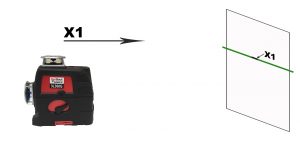
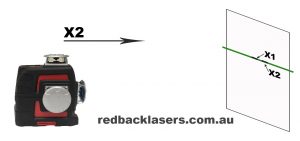


Second
Next rotate the body of the laser 90 degrees power up and mark the height of the laser and label Y1. Rotate the body of the laser 180 degrees to shine the opposite side of the laser to the wall and again mark the height as Y2. All four sides of the laser have now been marked. In principle all four marks made should be at exactly the same height, if they are then it is perfectly calibrated. If they are not at exactly the same height don’t panic it may still be within the tolerance of the laser. Measure the height difference between X1 and X2 and also Y1 and Y2.
Note it is quite possible that there is a difference between the X and Y axis measurements. If the distance is say 1mm, then divide it by 2 as the correct height should be exactly in the center of the height difference, so 0.5mm. The laser is in our example is 5m from the wall so the laser is 0.5mm out over 5m. Your laser instructions should have the accuracy tolerance printed in the specifications. Let us assume you laser has a tolerance of 3mm in 20 meters. Multiply the result by 4 so 0.5 x 4 = 2mm in 20m. So in this case you laser is within manufacturers tolerance. If you find your laser is outside tolerance then first repeat the process to confirm your findings. Then, if necessary get your laser calibrated by a laser level calibration specialist.
Here is a brief video demonstrating this principle of checking your horizontal line, dot or rotating laser at home. You can DOWNLOAD the featured self calibration check sheet HERE.
Checking Laser Level Calibration on-site
The second method I’m going to look at is more of an onsite check and is particularly applicable to 360 line or rotating lasers. This is something that should be done before any big job such as pouring a slab, it only takes a few minutes but can save much stress and expense.
First level you site as per normal and peg it out, string line or what ever you would normally do. Pick up your laser/tripod and move it over to the opposite side of the site, ideally having the opposite side of the laser facing the center of the site. Power up and check your levels, they should be within the lasers tolerance. Also allow some tolerance for user inconsistency and receiver error. Ideally move the laser to a third spot and check again. This should be standard for any large scale levelling but is often overlooked with the assumption made that the laser level was good last time it was used so it should be good now.
Cross Line Laser Level Calibration Check
The third method I will look at is applicable for cross line lasers, horizontal line lasers that do not have 360 degree coverage. The aim of this method is to see if the horizontal line is indeed horizontal. In a room power up the laser and shine towards a wall and attach a piece of paper on the wall at the height the horizontal line is shining. Rotate the body of the laser so that the left edge of the line is just visible on the paper and mark the height. Carefully rotate the body of the laser so that the extreme right side of the laser line is now located on the paper and make another mark. If the height of both marks are the same or very close then you know that the horizontal line is good.
In most cases if the horizontal is good it is most likely that any vertical is also good. If your laser has more than one vertical you can check them against each other for consistency. The easiest way to do this at home is shine the verticals along a door frame or corner of the room. Check that each vertical gives the same result.
Checking Plumb
The last method I am going to look at here is for checking plumb, from floor to ceiling. Very simply place the laser which has a plumb function on the ground and mark on the floor the dot/cross. On the ceiling mark the up plumb dot/cross. Rotate the body of the laser three times 90 degrees looking at both the floor and ceiling and check to see that the laser provides a consistent plumb dot/cross compared to your original dot.
The methods outlined above will cover about 90% of all lasers. Allowing you the opportunity to quickly check the calibration of your laser level on site without specialist equipment. If you find that your laser does in fact need re calibration then get it done by a professional. A Professional will often utilise a CCTV or optical calibration station.
For all your calibration requirements call RedBack Lasers Service on 1300 769 858
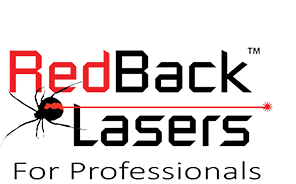



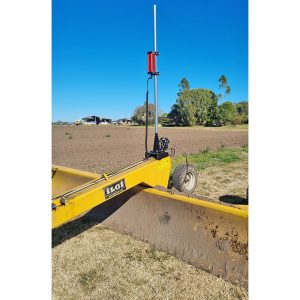
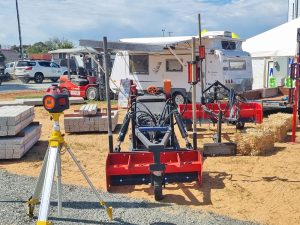
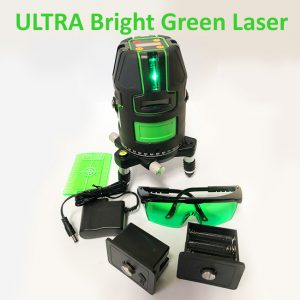
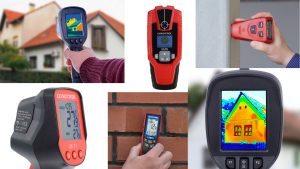
3 comments
Pingback:
What color laser is most visible? – LargeanswersPingback:
Dewalt Dw088 Won’t Turn On – pfjobs-internationalPingback:
How To Use Dewalt Laser Level – Erickkasysavane